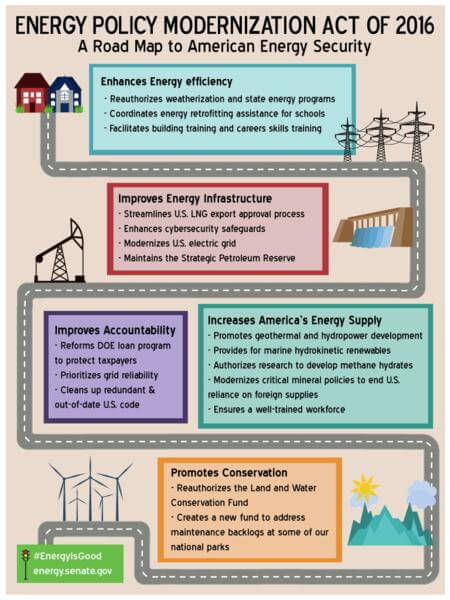America’s electrical manufacturing industry presents White House with insight, guidance and policy recommendations to mitigate impact of impending West Coast earthquake.
The nearly 400 member companies of the National Electrical Manufacturers Association (NEMA) and their staffs of experienced engineers and electroindustry experts—spanning more than 50 industry sectors—offer grid modernization and storm recovery guidance for the White House Earthquake Resilience Summit that took place on February 2.
“Members of NEMA stand ready to assist industry and government officials on reliable, resilient energy infrastructure,” says NEMA President & CEO Kevin J. Cosgriff. “Minimizing the damage caused by an earthquake (and any resulting tsunami) starts by ensuring that our electrical grid is upgraded to the most modern, resilient, and reliable standards before disaster strikes. Further rebuilding after any major natural disaster requires the same approach—bringing systems up to date, not simply replacing old standards.
“While we welcome this first step in the Pacific Northwest, this is a nationwide challenge that we need to meet. Along with the grid, when building and electrical codes are enacted and smart technologies are in place, the effects of disrupting events are mitigated somewhat and recoveries hastened. Consequently lives, homes, and businesses are better protected.”
To learn more, please refer to NEMA recommendations in its guide, Storm Reconstruction: Rebuild Smart. NEMA outlines how today’s smart technologies, such as energy storage, microgrids, and advanced distribution automation, can provide power systems that are safer, more reliable, and more resilient and that can be restored more quickly following a disaster.
In addition, NEMA has asked Congress to support electrical grid modernization through passage of the Energy Policy Modernization Act (S.2012) introduced by Senators Lisa Murkowski (R-AK) and Maria Cantwell (D-WA). The legislation, if passed, includes provisions that would increase the resiliency of critical infrastructure during natural disasters.
Filed Under: News, Policy




